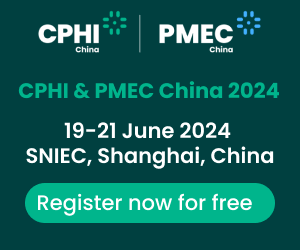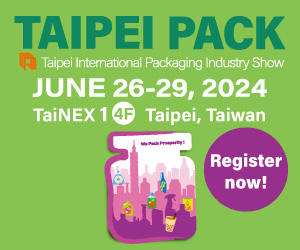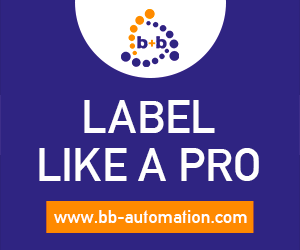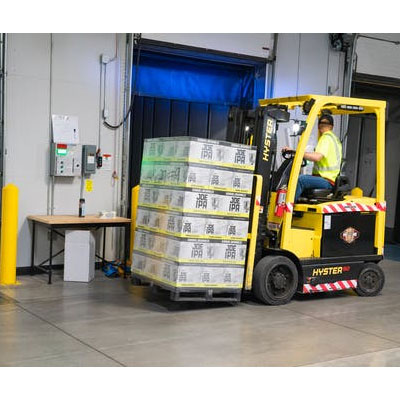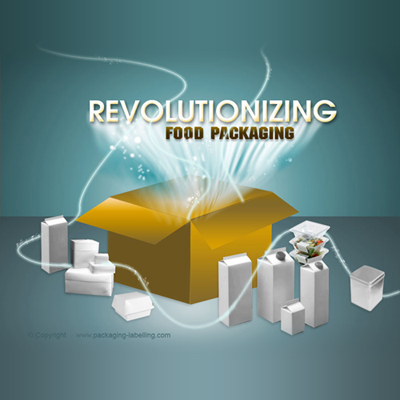Articles
Packaging Optimization: Reducing Waste and Cost in Manufacturing
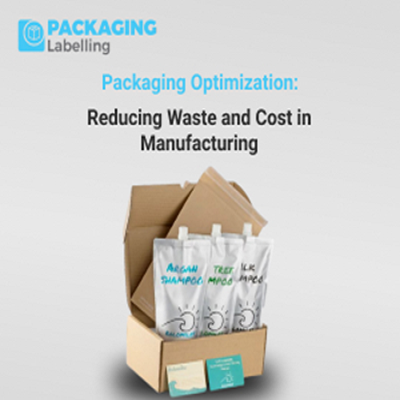
In the world of manufacturing, every step in the production process matters. One crucial aspect often overlooked is packaging optimization, which plays a vital role in reducing both waste and cost. In an era where sustainability and cost-efficiency are at the forefront of every business's agenda, streamlining packaging processes is a key step toward achieving these goals.
The Need for Packaging Optimization
Packaging serves multiple functions beyond merely containing a product. It protects the item during transportation, provides necessary information for consumers, and often serves as a marketing tool. However, inefficient packaging can lead to an unnecessary waste of resources, both in terms of materials and money. From excessive material usage to oversized boxes and inefficient transportation, poor packaging practices can significantly impact a company's bottom line and its environmental footprint.
Reducing Material Usage
One of the primary areas of focus in packaging optimization is the reduction of material usage. Using more packaging material than necessary not only increases costs but also contributes to environmental degradation. By utilizing sustainable and eco-friendly materials and designing packaging that precisely fits the product, manufacturers can significantly reduce their environmental impact.
Many companies are now turning to innovative materials such as biodegradable plastics, recycled cardboard, and plant-based packaging options. These materials not only minimize waste but also appeal to environmentally conscious consumers, thereby improving brand image and customer loyalty.
Right-Sizing Packaging
Another essential aspect of packaging optimization is right-sizing the packaging. Often, products are shipped in boxes that are larger than necessary, leading to wasted space and increased shipping costs. By utilizing packaging that is specifically tailored to the product's dimensions, manufacturers can minimize the use of excess materials and reduce the overall shipping volume, resulting in significant cost savings and a reduced carbon footprint.
Streamlining the packaging design process through the use of technology, such as 3D modeling and virtual testing, enables manufacturers to create custom packaging solutions that are both efficient and environmentally friendly. Additionally, incorporating automated systems for packaging design and production can further improve efficiency and reduce human errors, leading to more consistent and optimized packaging solutions.
Embracing Sustainable Practices
In the quest for packaging optimization, embracing sustainable practices is crucial. Implementing a comprehensive sustainability strategy that includes the use of renewable materials, reducing energy consumption during the production process, and implementing recycling programs can significantly reduce waste and costs while demonstrating a commitment to environmental responsibility.
Moreover, embracing a circular economy model that recycles and reuses materials for producing new packaging can significantly reduce the environmental footprint of the manufacturing process. Through partnerships with suppliers and stakeholders, manufacturers can establish closed-loop systems, fostering industry-wide sustainability and decreasing dependence on new resources.
Investing in Research and Development
Investing in research and development (R&D) is essential for driving innovation in packaging optimization. By allocating resources to explore new materials, design techniques, and manufacturing processes, companies can stay ahead of the curve and develop packaging solutions that are both cost-effective and environmentally sustainable.
R&D efforts can also focus on developing packaging designs that enhance product protection and shelf life, reducing the likelihood of product damage during transportation and storage. This, in turn, can lead to a decrease in product returns and replacements, resulting in significant cost savings for manufacturers and a more positive experience for consumers.
Collaborating with Industry Experts
Collaborating with industry experts and organizations that specialize in sustainable packaging solutions can provide manufacturers with valuable insights and guidance. By partnering with research institutions, sustainability experts, and packaging design professionals, manufacturers can access a wealth of knowledge and resources to improve their packaging practices and reduce waste.
Industry collaborations can also facilitate the sharing of best practices and the development of industry-wide standards for sustainable packaging, fostering a collective effort to minimize environmental impact and drive positive change within the manufacturing sector.
Monitoring and Evaluating Performance
Continuously monitoring and evaluating the performance of packaging optimization strategies is crucial for long-term success. Implementing key performance indicators (KPIs) to track metrics such as material usage, transportation costs, and environmental impact can provide manufacturers with valuable data to assess the effectiveness of their packaging initiatives.
Regular assessments enable manufacturers to identify areas for improvement and make necessary adjustments to their packaging processes. By fostering a culture of continuous improvement and adaptation, companies can remain responsive to market changes and consumer preferences, ensuring that their packaging practices remain efficient, cost-effective, and sustainable over time.
The Future of Packaging Optimization
Looking ahead, the emphasis on packaging optimization will heighten as consumer consciousness and the need for sustainable goods expand. Manufacturers must give precedence to sustainable practices and innovative approaches to curbing waste, reducing expenses, and upholding product quality and customer contentment.
By adopting a holistic approach that integrates sustainable materials, efficient design strategies, and collaborative partnerships, manufacturers can lead the way in promoting environmentally responsible packaging practices and contribute to a more sustainable future for the manufacturing industry and the planet as a whole.
Conclusion:
In conclusion, the drive for packaging optimization underscores its significance in reducing environmental impact and improving resource efficiency in the manufacturing sector. By integrating sustainable materials and innovative design strategies, companies can achieve a balance between cost-effectiveness and environmental responsibility. Emphasizing continuous research and collaboration with industry experts is pivotal in staying responsive to evolving consumer demands and market trends. A commitment to ongoing evaluation and adaptation ensures that packaging practices remain efficient, competitive, and aligned with global sustainability goals. Ultimately, a holistic approach to packaging optimization serves as a cornerstone for fostering a more sustainable and responsible manufacturing industry for the future.




